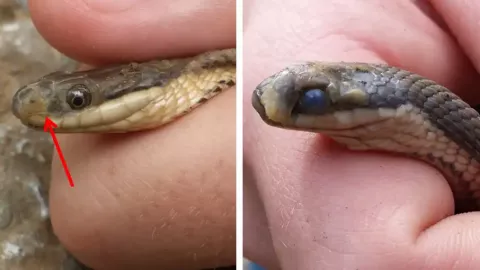Urban Ecology
Urban Ecology

Salamander population dynamics in relation to land-use in Eastern Kentucky
Human-induced, land-use changes are among the primary causes of ecosystem degradation and biodiversity loss. Across central Appalachia, land-use change represents a stressor to stream ecosystems. Salamanders are the dominant vertebrate in Appalachian headwater streams. Thus, we address basic questions, including: 1) Do population and community dynamics vary across landscapes with different land uses? How do physical and chemical properties of streams correlate with land use? Our primary goal is to provide effective management strategies for amphibians and the streams and landscapes they inhabit.

Impacts of snake fungal disease on wild snake populations
Snake fungal disease is an emerging threat to snake populations in the Commonwealth and throughout the eastern US. Infected snakes often have skin ulcers, facial swelling, unusual molting and aberrant behaviors. Over the last three years, the Price lab has developed unique field and molecular techniques and innovative statistical tools for analysis of SFD impacts in wild snake populations. Our research objectives include 1) Determine disease-associated rates of true survival in snake populations and 2) Identify factors influencing disease susceptibility. We focus our research on queen snakes and northern water snakes, common stream-associated species in the inner bluegrass region of Kentucky.
Associated Faculty
Research Topic Areas
Research Quick Links
Forestry and Natural Resources Department
forestry.department@uky.edu
(859) 257-7596
Forestry and Natural Resources Extension
forestry.extension@uky.edu
(859) 257-7597
